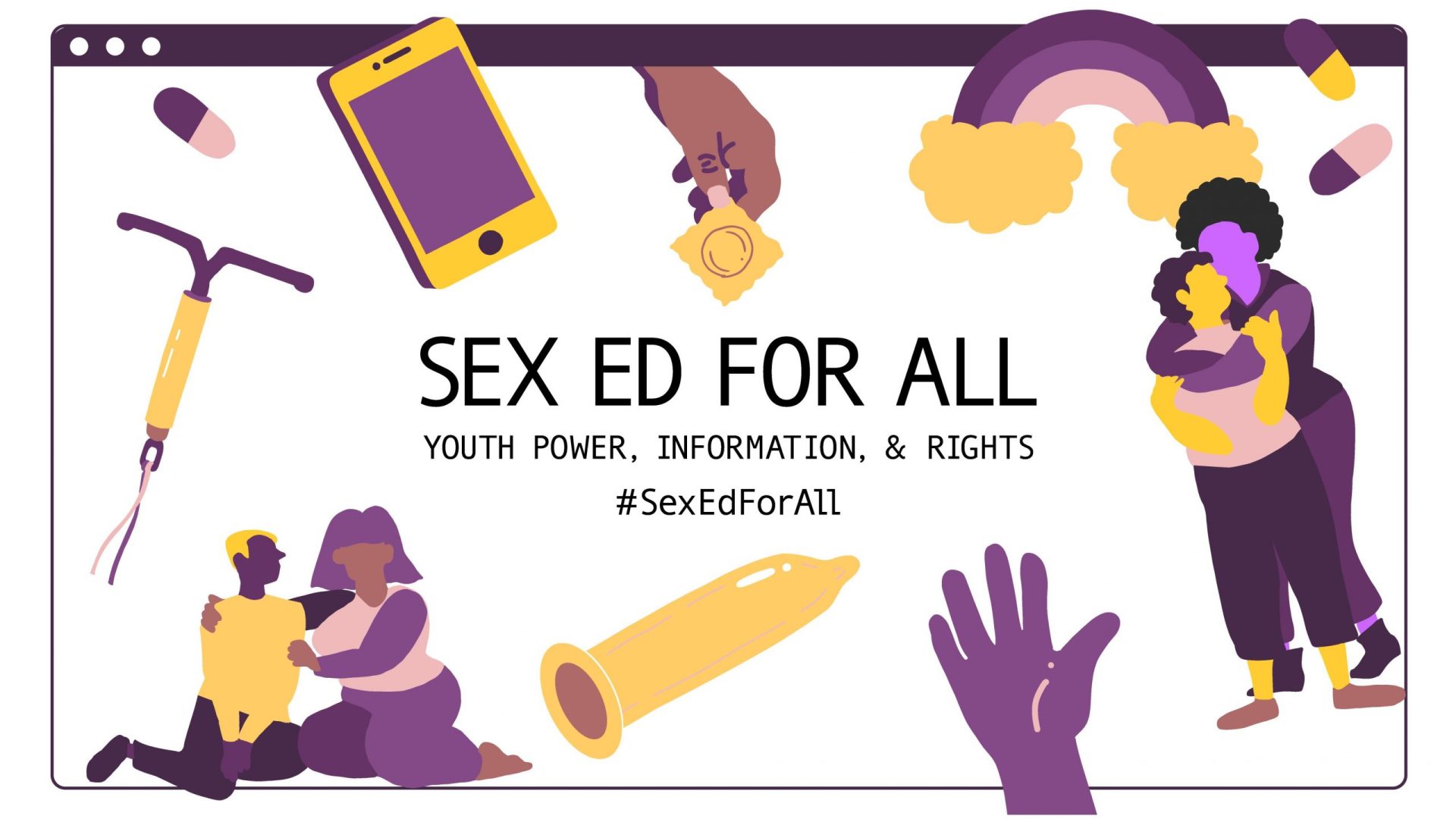Something revolutionary happened to me the other day: As I was stretching just before bed, I leaned down and touched my toes. For many people, this is probably not cause for celebration, but for me—who has been historically inflexible to the point that even basic yoga poses are a challenge—this milestone was both surprising and satisfying.
As my giddiness about this new ability subsided, I started to think about how, much like stretching, stepping out of your comfort zone hurts at first. You’re not used to the way it makes you feel, and you’re maybe a little frustrated that you’re not immediately at ease. But as you push yourself little by little, it gets easier, and one day you find yourself easily doing something that was once so challenging.
We all find ourselves in situations where we may need to get uncomfortable in order to stick up for what we believe in.
We all find ourselves in situations where we may need to get uncomfortable in order to stick up for what we believe in. I know I have. Whether it’s at a school board meeting or a brunch with a new acquaintance, a room full of middle schoolers learning about healthy relationships, or a backyard barbecue where a family member asks a perhaps-not-totally-in-good-faith question, the opportunity to wade into an uncomfortable conversation will eventually present itself.
I feel fortunate that throughout the course of my professional life so far, from preventing sexual abuse and assault to supporting teen sex ed, I’ve had a fair bit of practice at talking about difficult and sometimes taboo subjects. The topics my colleagues and I handle in our daily work are nuanced and potentially fraught with misunderstanding, stigma, and even one’s own trauma. So, what have I learned over the years about delving into these tough conversations?
Get comfortable with feeling uncomfortable
Within my first few months of working at Healthy Teen Network, I participated in a training where the facilitator encouraged us to name all the slang terms for genitalia we could think of. I couldn’t help but chuckle at how this exercise—incredibly useful and normalized in the context of sex education—would be absolutely unthinkable in another workplace setting. While I’ve gotten used to this candor, I had to remind myself that the folks I interact with outside of my work life might not be.
Stepping outside of your comfort zone isn’t always a bad thing. Yes, it might feel weird at first to talk with a family friend about why your child doesn’t have to give them a hug. You might feel uneasy talking with your parents about the difference between sex and gender. But once that initial feeling of awkwardness dissipates, both parties can start to have an open and honest discussion about topics they might not have approached otherwise.

Lead with curiosity
No one knows everything—and that’s such a freeing realization. We all have gaps in our knowledge, we all take mental shortcuts, and we can all be susceptible to misinformation. A hard conversation is a great opportunity to learn something, whether it’s a perspective from a different identity or a deep dive from a subject matter expert.
Rather than automatically assuming ill intent, I often like to approach a difficult conversation with curiosity. It’s all about reframing the discussion; instead of “How could you possibly think that?” try asking, “Why do you think that?” or “Where do you think that idea comes from?” You may find yourself rooting out the source of misinformation or myths in a way that doesn’t put the other person on the defensive.
Appeal to shared values
We all have core values that shape how we understand the world. When passions—and tensions—run high, it can be helpful to take a step back and focus on the values you have in common rather than where your ideas differ. Illustrate that you’re both “on the same team,” starting from the same core value and working towards the same goal.
I leaned on this tip heavily while working in sexual violence prevention, but it can be applied across the gamut of intense and important discussions. For example, pointing out that you both value the importance of community safety can support why comprehensive sex ed is so necessary. “We both care about keeping children safe” is just one shared value that can help start a cooperative conversation about what that looks like.
Know when to step away
Sometimes, for your own mental health, a tough conversation just isn’t worth pursuing. Nuanced topics like sex and identity can be tied closely to trauma, and if a conversation is causing mental distress, you don’t have to continue having it. Pay attention to your own physical, mental, and emotional responses, and if you find that you’re dissociating or feeling dysregulated, recognize when it’s time to step away and ground yourself. Likewise, try to keep an eye on the others involved, and if they’re showing signs of shutting down, bring the discussion to a close. Even saying something as simple as, “I don’t think this is a productive conversation anymore,” can create that boundary.
Sometimes, I still find myself unsure of what to say when a difficult conversation presents itself. I’m still stretching myself, still building my muscles, but I know I’m getting stronger.
PHOTO BY: PEOPLEIMAGES.COM
Megan Thomas is a Communications Designer at Healthy Teen Network. When she’s not thinking about how to support the health and well-being of young people, Megan enjoys watching movies, trying new restaurants with friends, exploring the neighborhood with her dog, and occasionally treading the boards at the local community theatre. Read more about Megan.








